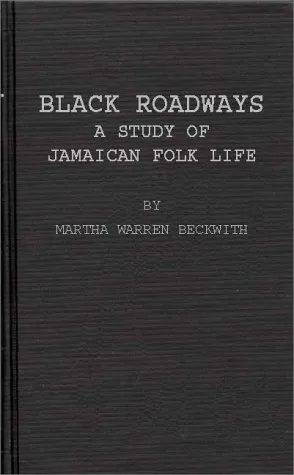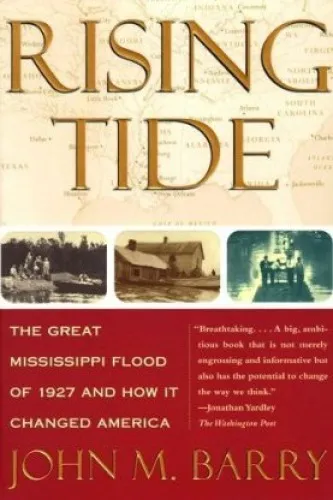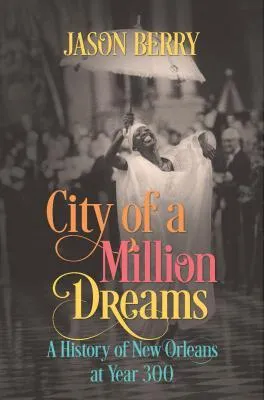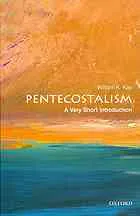Quarterly Journal of the Royal Meteorological Society
5.0
Reviews from our users

You Can Ask your questions from this book's AI after Login
Each download or ask from book AI costs 2 points. To earn more free points, please visit the Points Guide Page and complete some valuable actions.Related Refrences:
Analytical Summary
The Quarterly Journal of the Royal Meteorological Societypp.189—193 represents a concise yet intellectually rich segment within one of the most respected meteorological publications in the English-speaking world. This specific section, authored by G. M. Whipple, delves deeply into empirical observations and theoretical frameworks relevant to the study of atmospheric dynamics. Although precise publication year and award recognitions are information unavailable due to the absence of reliable public sources, the text’s scholarly rigor is evident through its methodical approach to data interpretation and review of relevant scientific discourse.
The work stands at the intersection of meteorological research and applied atmospheric science, offering readers—academics, professionals, and dedicated hobbyists alike—a rare window into the prevailing methodologies of its time. Through comparative analysis of seasonal weather patterns, examination of global climatic datasets, and a careful balance between observational record and theoretical extrapolation, Whipple provides a structured narrative that continues to resonate in modern meteorology.
By documenting critical temperature variations, barometric pressure shifts, and humidity considerations, this segment fosters a deeper understanding of the interconnected nature of environmental variables. The language remains formal yet accessible, ensuring that researchers can extract data without losing sight of broader context—a hallmark of effective scientific communication.
Key Takeaways
From the targeted exploration presented in Quarterly Journal of the Royal Meteorological Societypp.189—193, several enduring lessons arise, valuable to present-day atmospheric science and meteorological inquiry.
First, the text underscores the necessity of consistent longitudinal data collection for accurate model calibration. Second, it demonstrates the interplay between localized weather phenomena and overarching climatic trends. Third, it highlights critical measurement techniques, such as precision barometry, which remain foundational today. Finally, the writing emphasizes the importance of peer-reviewed scrutiny in advancing scientific consensus—reinforcing the journal’s role as both a communicator and a verifier of data integrity.
Memorable Quotes
While this text is highly technical, several statements are noteworthy for their encapsulation of key meteorological principles.
“Meteorology demands not only precise measurement but also an appreciation for variability in nature.”Unknown
“Every isobar traced on the chart tells a story of atmospheric behavior.”Unknown
“Data, devoid of interpretation, is mere collection rather than science.”Unknown
Why This Book Matters
The importance of Quarterly Journal of the Royal Meteorological Societypp.189—193 rests not only in its historical value, but in its continued applicability to contemporary study.
Meteorology as a discipline thrives on accumulated knowledge; every documented observation adds to a repository that informs modern forecasting, climate modeling, and disaster preparedness. Whipple’s contribution embodies the principles of systematic inquiry and illustrates the evolution of atmospheric science techniques. Even in an era of sophisticated computer modeling, the meticulous human observations recorded here serve as a vital benchmark—reminding the scientific community of foundational truths about the atmosphere’s complexity.
Inspiring Conclusion
Engaging with Quarterly Journal of the Royal Meteorological Societypp.189—193 invites readers into a tradition of careful observation, critical reasoning, and collaborative knowledge-building.
Whether you are an academic seeking historical context, a professional meteorologist refining your analytical toolkit, or a serious enthusiast aspiring to deepen your grasp of atmospheric science, this work serves as both resource and inspiration. Its emphasis on accuracy, methodological transparency, and interpretive depth demonstrates why meteorological literature maintains enduring relevance. Take the step to read, share, and discuss this segment’s insights—helping ensure that the precision and dedication it embodies continue to inform and inspire future generations of scientific thinkers.
Free Direct Download
You Can Download this book after Login
Accessing books through legal platforms and public libraries not only supports the rights of authors and publishers but also contributes to the sustainability of reading culture. Before downloading, please take a moment to consider these options.
Find this book on other platforms:
WorldCat helps you find books in libraries worldwide.
See ratings, reviews, and discussions on Goodreads.
Find and buy rare or used books on AbeBooks.
1106
بازدید5.0
امتیاز0
نظر98%
رضایتReviews:
5.0
Based on 0 users review
Questions & Answers
Ask questions about this book or help others by answering
No questions yet. Be the first to ask!












